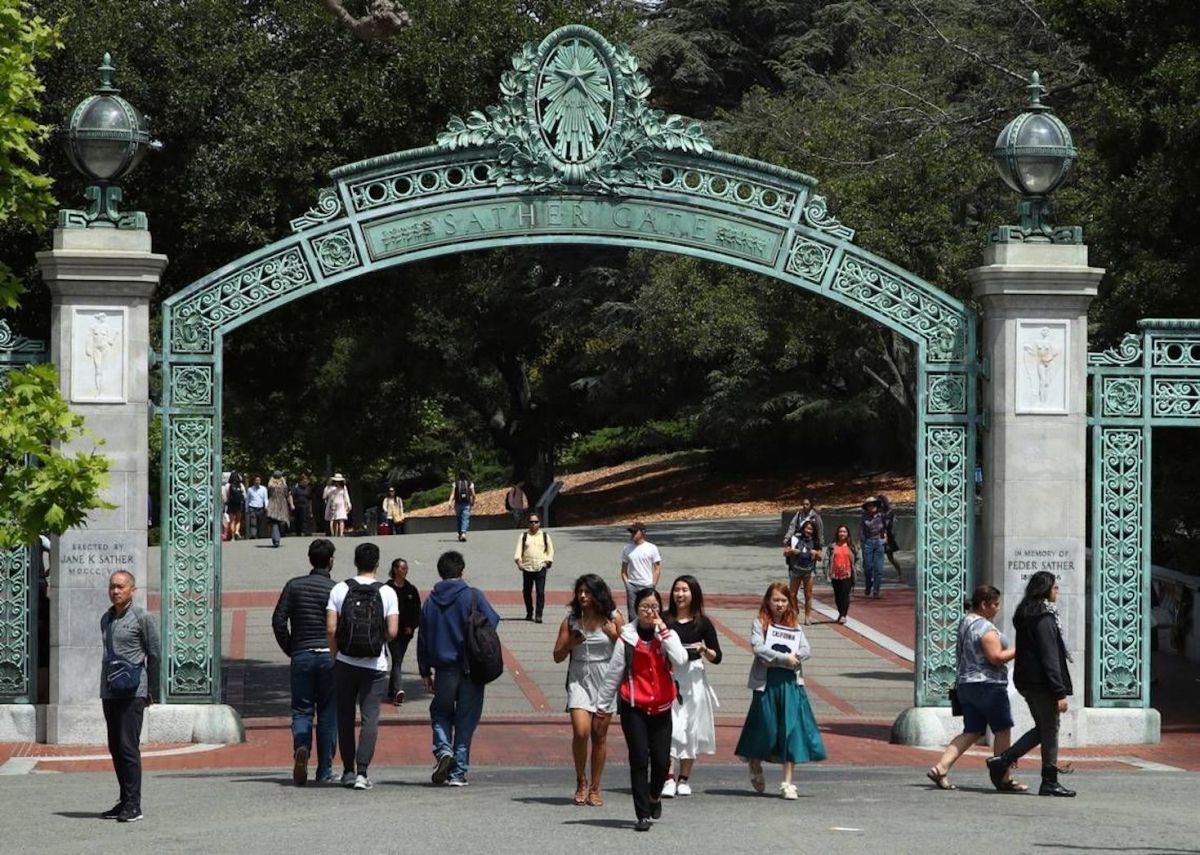Fewer first-year and transfer students returned to the University of California this past fall after enrolling the previous year, a trend that system President Michael Drake said he is watching “very carefully” but predicted will rebound.
Across the university’s nine undergraduate campuses, 92% of undergraduates who enrolled as freshmen in fall 2020 returned to their UC campus in fall 2021, down from 93% the previous year. The percentages measure what are called retention rates.
The drops were steeper for first-generation students, students who receive Pell Grants and underrepresented students, which includes Black, Latino and Native American students. The retention rates dropped from 92% to 88% for first-generation students, from 91% to 88% for underrepresented students and from 93% to 89% for Pell recipients. Pell Grants are federal financial aid awards available to low-income students.
Those statistics, included in UC’s annual accountability report, were presented Thursday to the system’s board of regents. Retention rates for transfer students also declined from 93% to 91% across the university. Declines were especially dramatic for transfer students at UC Merced, which saw a 9% decline in the retention rate for those students, and at UC San Diego and UC Riverside, which saw 4% drops.
Campuses generally attributed the declining retention rates to challenges associated with the COVID-19 pandemic. Students in the 2020 cohort entered the system during the first year of the pandemic when classes were mostly online and few students were living on campuses. Drake echoed that belief in his comments to the regents on Thursday, saying that there “really have been effects” of the pandemic on UC students. He added that “we see particularly vulnerable students affected most in that realm.”
Compared with California State University, the state’s other four-year university system, and California’s 116-community college system, UC has had great success keeping students enrolled during the pandemic. While the community colleges have suffered significant enrollment declines and some CSU campuses have also seen losses, UC’s enrollment systemwide has steadily increased since 2020.
The retention data presented Thursday, though, suggests that some UC students have struggled during the pandemic.

Reversing the declines in retention rates is key in part because, when retention rates are down, it limits what the university’s graduation rates can be, noted Michael Brown, UC’s provost and executive vice president for academic affairs, while briefing the regents.
Solving the problem will require “investing in the support structures that are needed to help our students along and to maintain steady and effective progress toward their degrees,” Brown added.
Campuses are considering a variety of solutions to ensure that more students return to the university for their second year.
For students who left the university in good academic standing — with greater than a 2.0 GPA — some campuses are expanding honors programs or creating new undergraduate research opportunities during their freshman year, according to the accountability report. For students who left in poor academic standing, campuses are expanding summer programs. Campuses are also looking to better integrate students with new residential programs.
Drake predicted Thursday that the retention rates will soon see an upward turn, saying that he expects the trend is “V-shaped.”
“But we’re in the down part of the V as we speak,” he said. “So we’re watching it very carefully.”
